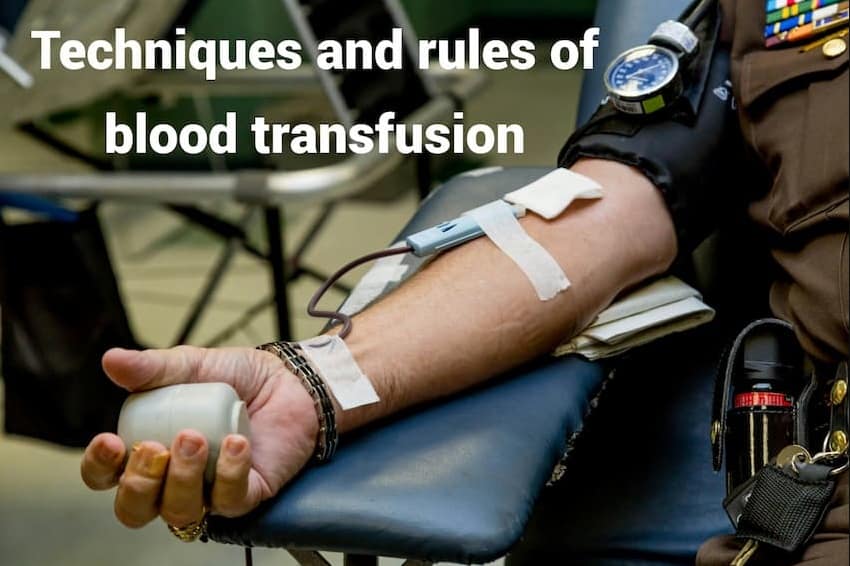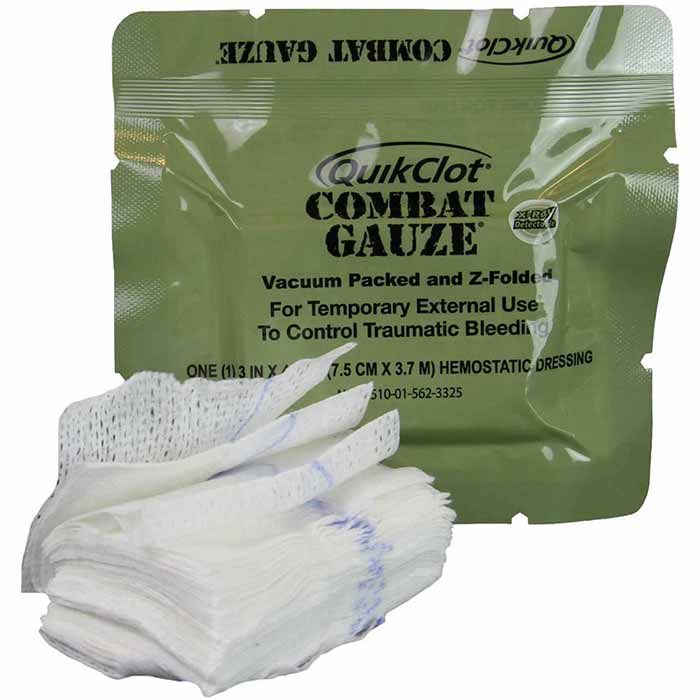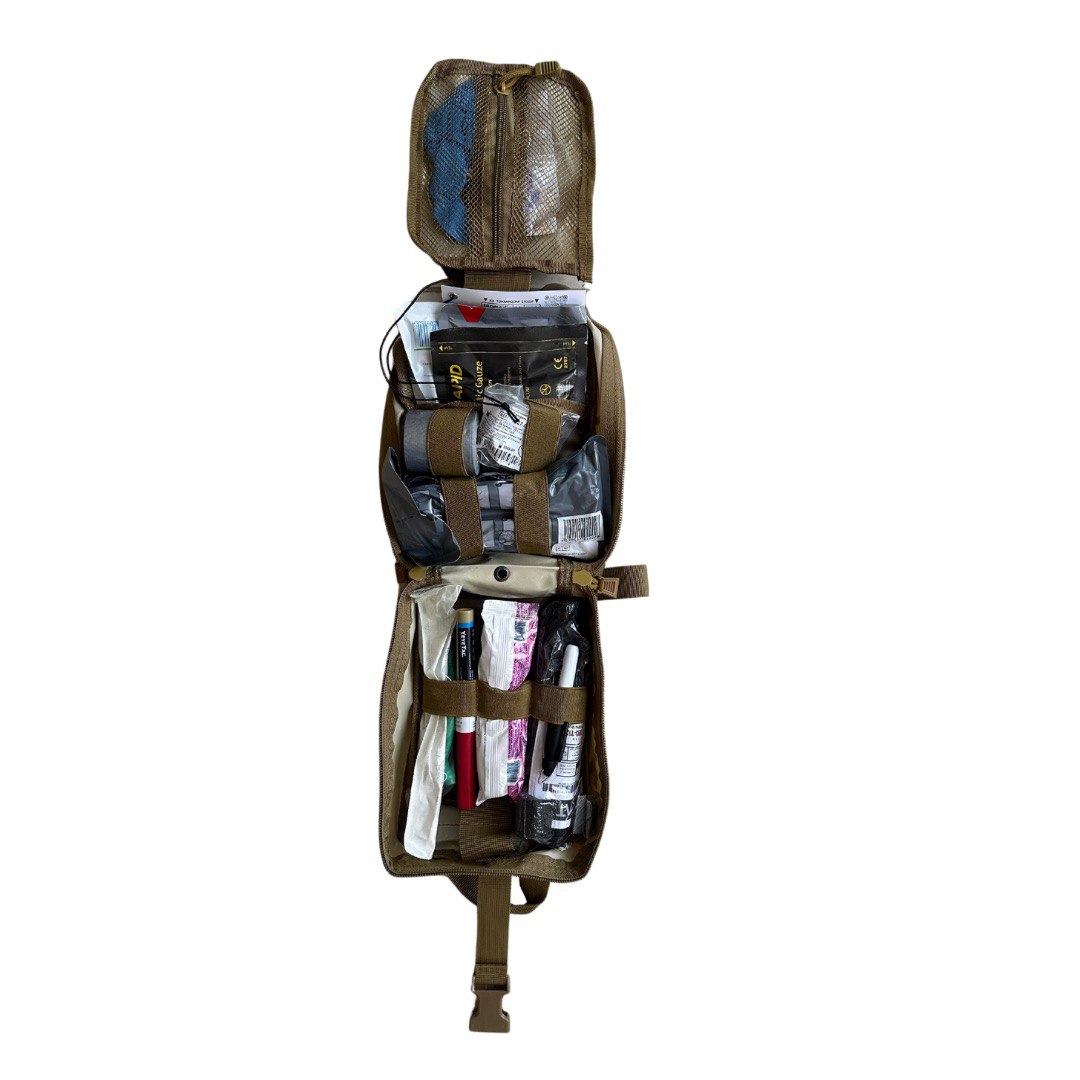Techniques and rules of blood transfusion
Content
- Composition, function and importance of blood
- What is hemotransfusion?
- What you need for a blood transfusion
- Blood transfusion technique
- Adverse reactions
- Algorithm of actions in case of an adverse reaction during blood transfusion
- Rules of blood transfusion

Blood transfusion is a procedure in which whole blood or its components (plasma, red blood cells) are injected into the body. This is used for numerous conditions such as oncology, general surgery and neonatal pathology where this procedure is necessary. The person who receives the blood is called the recipient and the person who provides it is called the donor.
Blood transfusion is usually done through a vein, sometimes through an artery, aorta or bone marrow. In the direct method, the donor's unstabilised blood is directly given to the recipient. However, the indirect method is more commonly used, where blood is first collected in special vessels (vials, ampoules, jars), a preservative is added and then transferred to the recipient.
Composition, function and importance of blood
Blood carries oxygen, nutrients, and hormones to every cell in the body, as well as removing waste products and maintaining the body's internal stability. Let's take a closer look at the main functions it performs:
- Respiratory function is to carry oxygen from the lungs to the body tissues and carbon dioxide from the cells to the lungs. This provides the body with energy.
- The nutritional function is to carry nutrients throughout the body from the gut or from places where they are stored, such as glucose from the liver. This is carried out by the blood, carrying it to the trophic tissues.
- The excretory function is to remove the end products of metabolism from the cells and tissues of the body.
- The thermoregulatory function ensures the stability of body temperature. This is achieved due to the physical properties of blood plasma water, which is evenly distributed in the body to regulate heat.
- Regulatory function is to carry physiologically active substances throughout the body, which regulate and coordinate the work of various organs and systems, providing humoral regulation of body functions.
- Homeostatic function provides dynamic constancy of the internal environment of the body by normalizing blood composition under the control of the nervous system.
- The protective function includes phagocytosis and antibody production by blood leukocytes, as well as the ability to coagulate, which stops bleeding.
Blood is a sticky, brackish-tasting fluid that circulates through the circulatory system and unites the entire body into a single whole. In humans, blood makes up about 7.7 per cent of total body weight. Loss of only a third of its volume can be life-threatening.
The composition of blood includes the liquid part - blood plasma (approximately 60% of the volume) and formed elements (blood cells: erythrocytes, leukocytes, platelets) (approximately 40% of the volume).
Blood plasma is a yellowish liquid containing:
- Water - 91%.
- Proteins - 8% (albumin, globulins, fibrinogen) which regulate plasma moisture, turn into antibodies to fight microbes, create blood viscosity and participate in blood clotting. They also carry nutrients, hormones and trace elements.
- Fats - 0.8%.
- Glucose - 0.12%, which plays a key role in providing energy to brain cells.
- Urea and uric acid - 0.05%.
- Mineral salts - 0.9% which includes NaCl, Ca, K, Mg salts and are kept at a constant level.
- Physiological solution (isotonic), which contains 0.9% salts, is used in clinical practice in case of significant blood loss or dehydration of the body.
Hypertonic solutions can be used to draw fluid from tissues. Blood contains about 20 important trace elements, many of which (iron, nickel, cobalt) are involved in hematopoiesis.
Changes in the composition of blood plasma can negatively affect the body. In case of large blood losses, during operations or in case of certain diseases, it may be necessary to transfuse blood from a healthy person to a sick person.
What is hemotransfusion?
Hemotransfusion is a method of replacement therapy that uses blood components such as red blood cells, fresh frozen plasma, platelet concentrate and cryoprecipitate (clotting factor VIII concentrate).
This process is performed only for strict medical reasons and exclusively in a medical facility.
The main reasons for hemotransfusion include oxygen carrier deficiency and blood hypoxia, which occurs in the following cases:
- acute massive blood loss;
- serious chronic diseases;
- oncological and oncohematological disorders;
- chemotherapy (when bone marrow is suppressed due to cytostatics);
- prolonged bleeding.
Before carrying out hemotransfusion, blood analysis is necessarily carried out, blood group, Rh factor and phenotype of the patient are determined.
Based on these data at the blood transfusion station is selected the appropriate donor material. The doctor conducts compatibility tests and determines the blood type of the donor material once again to avoid possible errors.
What you need for a blood transfusion
Blood transfusion is a complex process that requires not only medical knowledge and skills, but also appropriate training and equipment. Before performing a hemotransfusion, it is first necessary to ensure that the necessary equipment and reagents are available and that the patient is prepared for the procedure.
The following should be prepared:
- Blood or blood components: Before starting a blood transfusion, it is important to determine which blood component the patient needs to be transfused. This may be whole blood or individual components such as red blood cells, platelets or plasma.
- Special equipment to perform a hemotransfusion: blood transfusion kit, venous access catheters, medical container for blood storage, bulkheads and filters to clean blood from contaminants and clotting,
- Blood compatibility reagents: To avoid adverse reactions and complications during transfusion, blood compatibility testing between donor and recipient, including blood type and Rh factor testing, should be performed.
- Patient preparation: assessment of medical condition, skin preparation, selection of venous access.
All of these minimize the risks as much as possible and ensure a successful hemotransfusion outcome for the patient.
Blood transfusion technique
Transfusion of blood, plasma, platelets and red blood cells is a popular method of treating various diseases.
It is important to carry out the procedure correctly, adhering to the approved instructions. To do this, special systems with a filter are used, which are disposable.
The algorithm for conducting a blood transfusion includes the following steps:
- Preparation of the patient for hemotransfusion, including collection of anamnesis, determination of existing chronic diseases and pregnancy (in women), as well as the necessary tests to determine the blood group and Rh factor.
- Selection of donor material, which is assessed macroscopically for suitability and tested for blood group and Rh factor systems.
- Preparatory activities, including compatibility testing between the donor material and the patient.
- Performing transfusion, during which the bag of material is left at room temperature for 30 minutes before transfusion. The procedure is performed with a disposable aseptic dropper at a rate of 35-65 drops per minute, and the patient should be at absolute rest.
- The physician completes the hemotransfusion protocol and gives instructions to the nursing staff.
After the procedure, the recipient is observed overnight, with special attention during the first 3 hours.
Adverse reactions
Blood transfusion, as an important medical procedure, contributes to the restoration of lost blood and sustains the lives of patients in complex medical situations. However, along with the benefits of this procedure, there can be side effects that require attention and proper management.
Post-transfusion adverse reactions can be classified as early, occurring during or shortly after transfusion (within the first 24 hours), and late, which may appear days, months, or even years later.
Early reactions include immunological and non-immunological complications. Immunological reactions include hemolytic reaction, hyperthermic non-hemolytic reaction, acute transfusion-related lung injury, and allergic reaction.
Non-immunological reactions include sepsis, circulatory overload, non-immune hemolysis, air embolism, hypocalcemia, hypothermia, post-transfusion coagulopathy, hypotension, and others.
Late reactions may include alloimmunization to blood cell and plasma antigens, delayed hemolytic reaction, transfusion-associated graft-versus-host disease, post-transfusion purpura, immunosuppression, transmission of viral, protozoal, or prion infections.
The table below presents early post-transfusion adverse reactions.
| Cause | Symptoms | Treatment |
|---|---|---|
| Hemolytic reaction (immunological) | Chills, fever, hemoglobinuria, hypotension, oliguric renal failure, DIC, lumbar pain, pain at venipuncture site, restlessness | Hydration (0.9% NaCl), diuresis stimulation (furosemide, mannitol), analgesics, hemorrhagic diathesis therapy |
| Non-hemolytic hyperthermic reaction | Chills, fever, headache, vomiting | Antipyretics; premedication before next transfusion |
| Allergic reaction (urticaria, anaphylaxis) | Urticaria, edema, dizziness, headache, symptoms of anaphylaxis | Antihistamines; measures for anaphylaxis |
| Transfusion-related acute lung injury (TRALI) | Acute respiratory failure, non-cardiogenic pulmonary edema, fever, hypotension | Oxygen therapy, mechanical ventilation, other approaches depending on patient's condition |
| Transfusion-associated sepsis | Fever, chills, decrease in blood pressure | Antibiotics, treatment of complications |
| Transfusion-associated circulatory overload (TACO) | Respiratory distress, cough, tachycardia, increased blood pressure, headache, increased BNP or NT-proBNP levels | Treatment of acute heart failure, oxygen therapy |
| Non-immunological hemolysis | Hemoglobinemia, hemoglobinuria, possible arterial hypotension, renal function impairment, general malaise, restlessness | In severe cases — treatment of hemolysis, supportive therapy |
| Air embolism | Sudden respiratory distress, cyanosis, pain, cough, arrhythmia | Turning the patient to the left side, raising legs above chest level, treatment of hypocalcemia |
| Hypocalcemia | Paresthesia, tetany, arrhythmia | Administration of calcium preparations |
| Hypothermia | Arrhythmia | General patient warming |
As we can see from this table, blood transfusion is a highly complex process that requires great attention and responsibility. It is based on strict medical protocols and safety standards to ensure high efficiency for each patient.
Equipment preparation, adherence to control and testing procedures, as well as proper patient preparation, are key factors in the successful conduct of blood transfusion.
Considering the potential adverse reactions, doctors and medical staff are under significant pressure, but their efforts are an integral part of preserving patients' lives.
Algorithm of actions in case of an adverse reaction during blood transfusion
Blood transfusion, while a necessary and effective procedure, can cause adverse reactions in some patients. Immediate and professional intervention for these reactions is key to preventing serious complications, ensuring the safest possible procedure.
The algorithm of actions here will be as follows:
- Immediately stop the blood transfusion.
- Maintain intravenous access and initiate infusion of 0.9% NaCl solution.
- Determine the patient's body temperature, pulse rate, and blood pressure.
- Collect blood samples from another venous access for immunohematological and bacteriological tests, coordinated with the laboratory of the consultative research unit of the blood service.
- If hemolytic reaction is suspected, collect urine for analysis.
- Secure the blood container and transfusion set and send them to the appropriate division of the blood service.
- Fill out the adverse reaction or incident report form and submit it to the relevant blood service institution.
- Act according to the intensity and type of symptoms listed in the table above.
Implementing immediate actions, in accordance with the established algorithm, contributes to effective assistance and hazard prevention. Providing appropriate medical care and thorough documentation are important steps in the quality and safety of blood transfusion.
Rules of blood transfusion
Blood transfusion, as a key element of medical practice, becomes a necessary procedure for numerous patients experiencing serious medical conditions. However, successful implementation of this procedure requires strict adherence to rules and safety standards.
Before commencing the transfusion of blood components containing erythrocytes, it is crucial to collect blood for compatibility testing. Only after completing this step can the transfusion begin, following a carefully developed algorithm.
Prior to starting the transfusion, it is necessary to obtain compatibility test results and verify the recipient's data against the information on the blood component label. Additionally, it is important to ensure the expiration date of the blood components and assess their quality.
The rate of transfusion should be planned according to the recipient's clinical condition, and monitoring the patient during the transfusion is a crucial step ensuring safety and successful outcomes of the procedure.
Each blood transfusion or its components should be documented for further tracking and control. It is important to follow instructions for equipment use and avoid errors that could jeopardize the patient's life and health.


